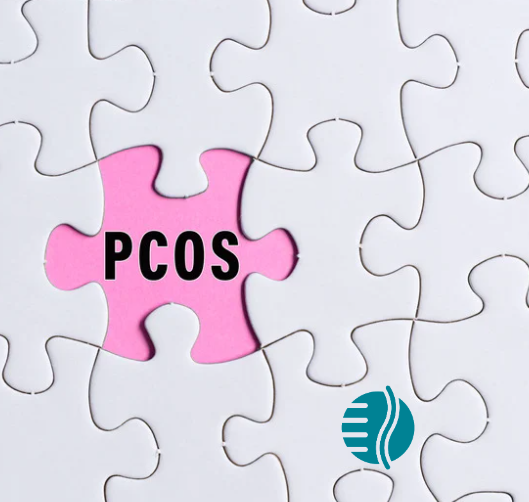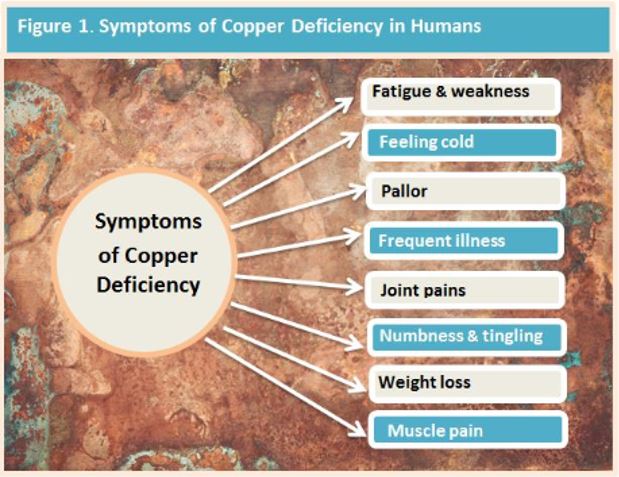HTMA & PCOS (Polycystic Ovarian Syndrome) in a 45-minute Mentoring Lecture.
InterClinical Mentoring Session:The complex relationships between Polycystic Ovary Syndrome, PCOS, sugar dysregulation, endocrine function, and female fertility emphasise the importance of understanding underlying causes. The clinical approach to addressing PCOS includes the use of HTMA testing (Hair Tissue Mineral Analysis) to identify and address the underlying factors such as mineral imbalances, stress, and hormonal imbalances and also the impact of heavy metals such as mercury on the body's functions, emphasizing...
Metabolic Types and Subtypes as Recognised in HTMA Patterns
David L Watts, PhD, Director of Research at Trace Elements Many clients have asked questions about the metabolic subtypes that are determined in the HTMA mineral patterns. Although each type is described in individual reports, this discussion will provide further details.Sympathetic and Parasympathetic Metabolic Types The Sympathetic Metabolic Type 1, is also known as Fast Metabolic Type 1. The Parasympathetic Metabolic Type 1 is known as the Slow Metabolic Type 1. In review,...
It’s a New Year so make HTMA Your New Year’s Resolution
As this momentous year slides to a close, we’re all looking forward to some summer holiday downtime. This year commenced on the back of nationwide drought, with devastating bushfires. By February, the bushfires were under control and COVID hit. What can one say? As practitioners, we spend much of our time giving. The simple truth is that you can’t take care of others until you take care of yourself! Since travel, dancing,...
Stress Response: What We Can Learn from a HTMA and the Mineral System?
Rick Malter, PhD A hair tissue mineral analysis (HTMA) is an excellent lab tool for assessing how a person is being impacted by stress. The mind/body stress response reflects both psychological and physical reactions that can have a profound effect on a person’s health. There are reciprocal relationships between the mind/body stress response and a person’s nutrient mineral system. The parts of a hair nutrient mineral pattern which are most significant in regard...
Viruses, Nutritional Immuno-Modulators and Metabolic Types
The immune system is a complex network consisting of cells, tissues and organs and their coordination is required to protect the body from infectious pathogens or viruses and non- infectious foreign substances. It is essential for the immune system to be at its optimum for resistance to invading pathogens and for the development of immunity. Optimisation of the immune system depends upon many factors, not the least of which includes...
Chromium – Mastering Minerals Series 1
InterClinical eNews June 2020, Issue 107 Chromium is the eighth largest classical element in the earth’s crust.1 The human body’s total content is approximately 6 milligrams. 8 It is widely distributed in the atmosphere, soil, water, animals and plants in the form of chromite. Chromium is a biologically active element which is at its highest in body tissue at birth and declines with age. 8 The first major research on chromium in...
Magnesium – Mastering Minerals Series 1
Magnesium is the fourth most abundant mineral and is essential for good health. Approximately 600 enzymes depend upon its presence in our body in sufficient amounts.1 It affects many cellular functions including the transport of potassium and calcium ions. As well, magnesium modulates signal transduction, energy metabolism and cell proliferation. Magnesium has a huge role in bone mineralisation, cardiovascular health and the nervous and neuromuscular systems. It participates in the metabolism...
Immune System Patterns in Hair Tissue Mineral Analysis
InterClinical eNews March 2020 Special Edition The wonder of our immune systemOur immune system is miraculous and complex. Research into how it functions reveals a sophisticated security system that constantly scans the body to identify and remove any threat to our well being. Receptors associated with the immune system are concerned with interrogating the environment for evidence of danger, infection or abnormal cell death. They are also present inside the cell where...
Copper Deficiency & Excess – Mastering Minerals 10 Masterful Facts
InterClinical eNews March 2020, Issue 102 Characteristics of CopperFactors Affecting Cu Homeostasis ScurvyLiver FunctionGenetic DisordersHigh Zinc Intake: Zn/Cu RelationshipCeruloplasmin and Citrate used in supplementsCopper Anemia Potassium Deficiency and CuCopper and dietBioavailabilityDetermining Cu statusConclusion REFERENCES Characteristics of Copper Copper is an essential micronutrient. The human body contains approximately 100 mg. It is a co-factor for many redox enzymes with ceruloplasmin being the most abundant Cu-dependent ferroxidase enzyme (with an important role in iron metabolism)....
Manganese – Mastering Minerals Series 1
InterClinical eNews February 2020, Issue 101 In this issue we examine one of the lesser known nutrients, Manganese. Although this is a trace element and is needed by the body in very small quantities, it is critical for good health. What is manganese’s role in good health? How do we know when to prescribe it? ‘A well-known professional basketball player was a devout vegetarian. He felt he performed better if he kept...
- 1
- 2







